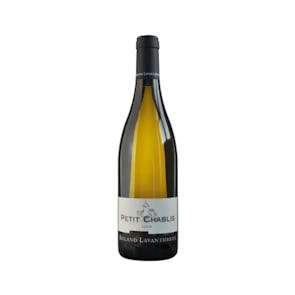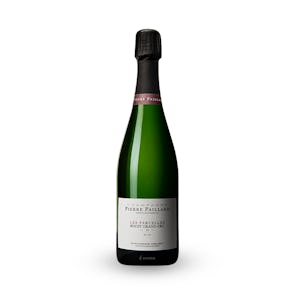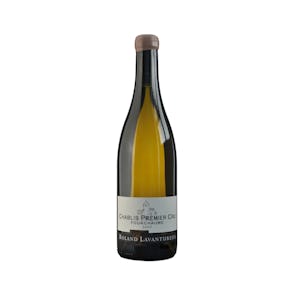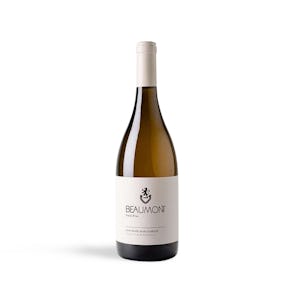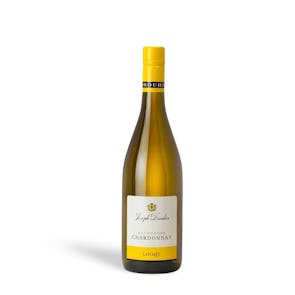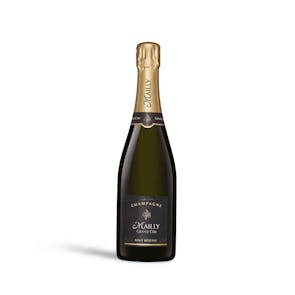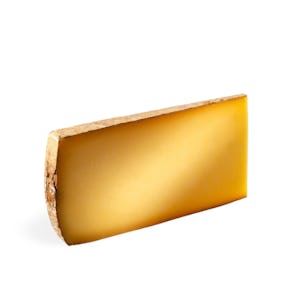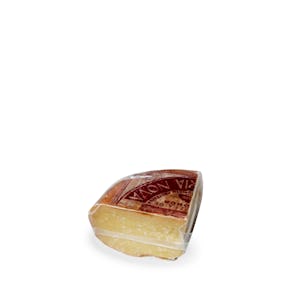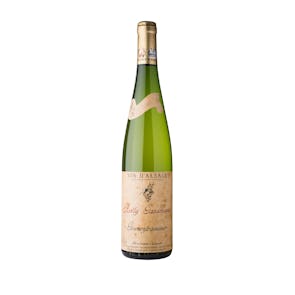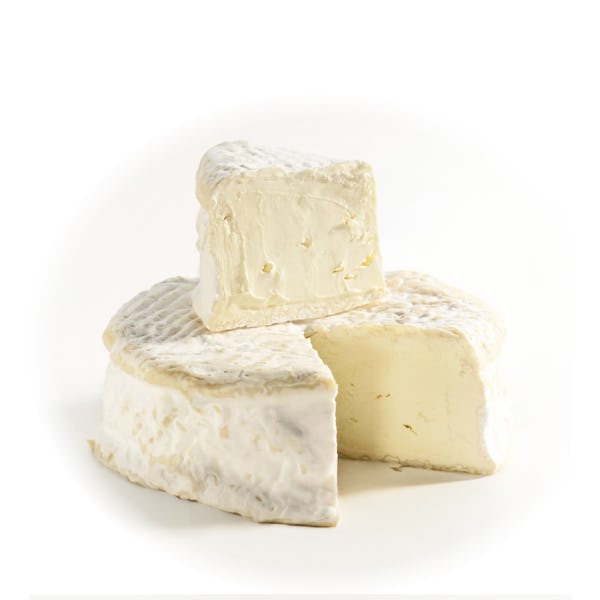
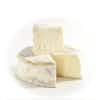
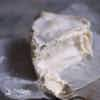
Brillat-Savarin IGP
Decadent Delight for Cheese Connoisseurs
(Sunday Dec 21 , 2025)
TASTING NOTES FROM THE CURATOR
Crafted from the highest-quality cow’s milk, Brillat-Savarin by Alain Hess provides a sensory delight that is both enriching and engaging. Upon first taste, creamy, fatty yet delicate textural notes greet the palate. Next, its bloomy, thin white rind reveals an underlying layer of buttery richness. The fuller-bodied consistency lies in harmonious balance with its delicate and moist creaminess, capturing the taste buds with elegant whispers of mushroom, nut and truffle. The cheese’s finish is long and satisfyingly complex, a sureness of quality and an expression of master cheese-making artistry.
PREPARATION OR PAIRINGS
Here is a rich cheese to be savored with incredibly good friends. Brillat-Savarin can be served as a dessert cheese or on a cheese board accompanied by grapes, pears, and melons—and truly crusty bread. A bit of strawberry jam and a dash of pepper will also enhance its flavors.
This cheese is lovely with fruity, full-bodied whites like Viognier or Champagnes. It’s especially wonderful with a few glasses of Dom Pérignon Rosé Vintage 2005. Should you prefer a red wine, we suggest you turn to a Bordeaux or Châteauneuf-de-Pape. For the beer enthusiast, this cheese also goes well with pale ales!
BELOVED BY THE FROMAGERS
“Dessert without cheese is like a beauty with only one eye,” said famed 18th-century gastronome—and physiologist—Jean Anthelme Brillat-Savarin. Over a hundred years later, highly regarded fromager Henri Androuet named his creation, based on the earlier Excelsior cheese, after this titan of the gourmet world. Fitting, for its rich flavor that is fattier than Camembert and much creamier than Brie. It stands on a pedestal of its own. It brings to mind another of Brillat-Savarin’s endearing food quotes: “The discovery of a new dish confers more happiness on humanity than the discovery of a new star.”
The Alain Hess Legacy: A Taste of Tradition
This cheese is a product of Alain Hess, a brand that has passionately championed the art of cheese-making for generations. Drawing from a rich legacy, the brand has consistently crafted products that remain truthful to tradition while appealing to contemporary taste. The Brillat-Savarin is a testimony to this commitment, offering a distinctive culinary experience that is undeniably Alain Hess.
Storage Instructions
To maintain Brillat-Savarin at its best, keep it wrapped in its original packaging and store in the lower section of your refrigerator. Ensure that it is kept away from foods with strong odors.

